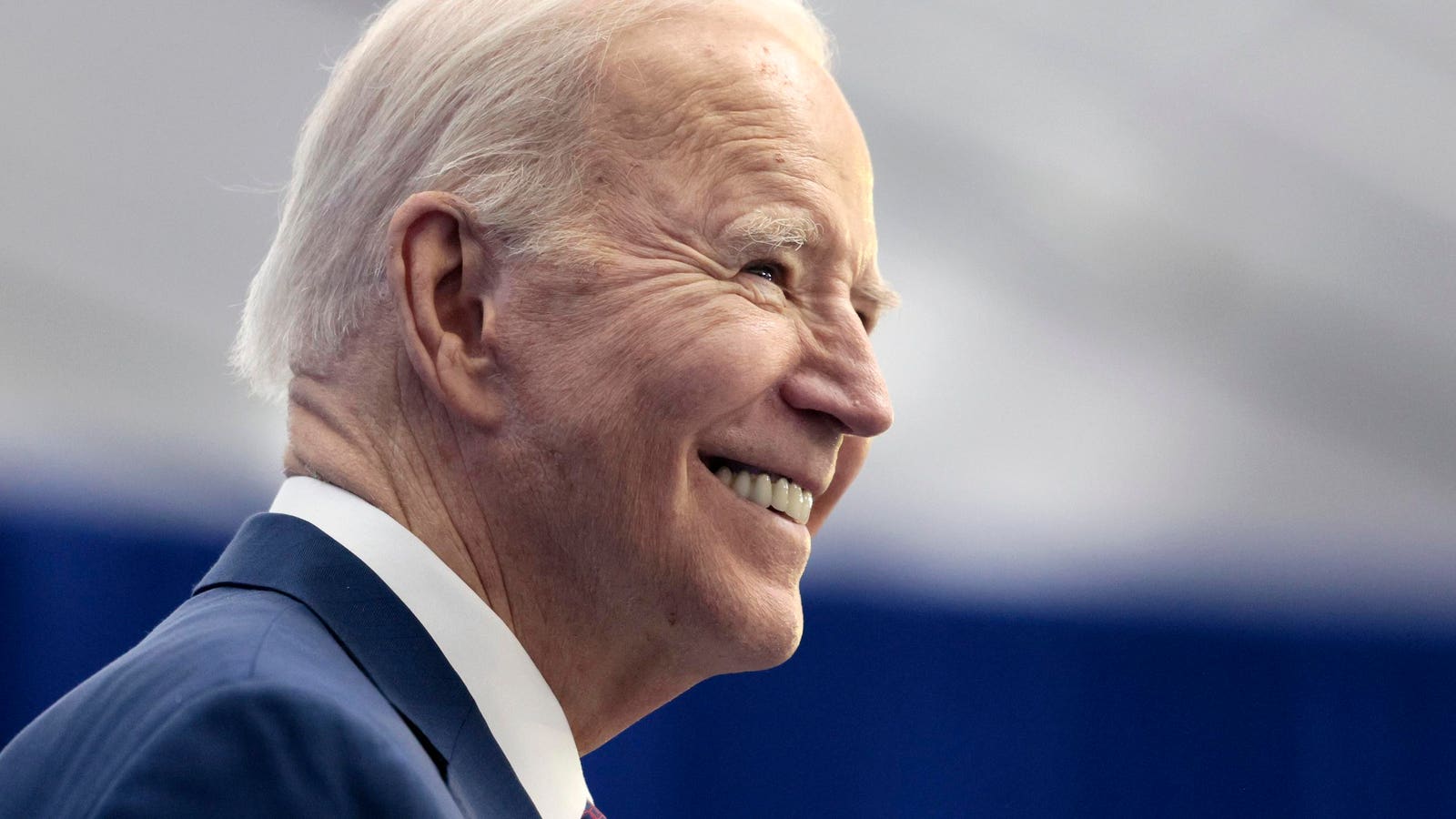A significant temporary student loan forgiveness initiative established by the Biden administration will end in a matter of weeks, warned an independent federal financial watchdog agency. And some borrowers need to take action soon, or they could miss out on relief.
“Many student loan borrowers have an opportunity to have their entire student loans cancelled or receive more credit towards cancellation,” said the Consumer Financial Protection Bureau in a bulletin issued on Monday. “But they must act before April 30, 2024.”
Here’s what borrowers need to know.
Student Loan Forgiveness Opportunity Under Biden’s Account Adjustment Ends Soon
The CFPB’s warning is about a program called the IDR Account Adjustment. The Biden administration first announced this initiative in 2022, and it is designed to be a fix to longstanding problems associated with income-driven repayment plans.
IDR plans tie a borrower’s monthly payment to their income and family size, and can lead to student loan forgiveness after a certain amount of time spent in repayment (10, 20, or 25 years, depending on the plan and type of student loans). But IDR programs have been plagued by problems. In some cases, borrowers struggling with repayment weren’t told about IDR options, or were steered by their loan servicer into costly deferments and forbearances, resulting in massive balance increases and stalled progress toward loan forgiveness. In other cases, borrowers enrolled in IDR but did not get credit for time toward loan forgiveness due to servicing transfers, inadequate records, or consolidation.
The one-time account adjustment is designed to address these historic issues. Under the program, the Education Department can count past periods toward IDR loan forgiveness that may not have counted before, such as most periods of repayment under any repayment plan, as well as certain months spent in deferment or forbearance. Periods before loan consolidation can also potentially count.
Those who receive enough IDR credit under the adjustment to qualify for student loan forgiveness would have their balances discharged. Other borrowers can advance their progress toward eventual loan forgiveness.
“The one-time adjustment is designed to count more of the payments you made, so they can be added to the payments required for cancellation,” said the CFPB in its announcement this week. “The adjustment counts your loan payments made after July 1, 1994, and deferments, economic hardship, and forbearances, in some situations. This means that through the adjustment you may be able to meet the cancellation requirements that is usually given to loans enrolled in an Income Driven Repayment program (IDR).”
Certain Borrowers Must Consolidate To Get Student Loan Forgiveness Under One-Time Adjustment
Some borrowers will automatically qualify for the IDR Account Adjustment, without needing to take any additional steps. But others may need to take action.
“The Department of Education gives you credit towards loan cancellation through this adjustment if your loan is federally managed.” But not all federal student loans are federally managed. Borrowers with other types of federal loans — and even some who do have federally managed loans — may need to consolidate their loans through the federal Direct consolidation program before the April 30th deadline in order to receive student loan forgiveness credit.
Those who have Direct federal student loans and certain FFEL-program loans now held by the Education Department will be able to receive student loan forgiveness credit automatically under the account adjustment, without needing to consolidate. But the following groups of borrowers may want to explore consolidating through the Direct loan program prior to April 30:
- Borrowers who have commercially-held FFEL loans, Perkins loans, and HEAL loans. These loans don’t qualify for the IDR Account Adjustment unless they are consolidated into a federal Direct consolidation loan.
- Federally-managed FFEL loans (FFEL loans that are currently owned or held by the Department of Education) don’t necessarily need to be consolidated to qualify for the IDR Account Adjustment. But consolidation before April 30 may still be prudent if these borrowers want to enroll in the new SAVE plan or pursue Public Service Loan Forgiveness, as only Direct loans qualify for these programs.
- Borrowers who have multiple Direct loans that have significantly different repayment histories can also benefit from consolidation by April 30. That’s because under the IDR Account Adjustment, not only would borrowers keep their prior IDR and PSLF credit after consolidating (something that wasn’t the case before), but they can actually maximize that credit. According to the Education Department, a borrower who applies to consolidate before April 30 will receive the highest amount of IDR and PSLF credit on their new consolidation loan based on the underlying loans that are being consolidated.
- Parent PLUS borrowers may also need to consolidate. Parent PLUS loans, by themselves, don’t qualify for any IDR plan, although they can still receive IDR and PSLF credit under the one-time account adjustment. But Parent PLUS borrowers who fall short of the threshold for immediate loan forgiveness would need to continue repaying their loans under an IDR plan, and consolidation may be necessary in order to do that. “If you do not have 25 years in repayment, you should consolidate your Parent PLUS loan before the April 30th deadline to maximize the benefit,” suggests the CFPB.
Borrowers May Need To Enroll In IDR For Continued Student Loan Forgiveness Progress
Those who receive enough IDR or PSLF credit under the account adjustment to reach the threshold for immediate student loan forgiveness would get their loans discharged, according to the Education Department. And some borrowers may even receive refunds for any “excess” payments they made.
So far, the Biden administation has approved over $45 billion in student loan forgiveness for borrowers who reached the IDR student loan forgiveness threshold under the account adjustment, benefiting at least 930,000 borrowers. Additional borrowers have received loan forgiveness credit toward PSLF.
But for those who fall short of the threshold for immediate student loan forgiveness, enrolling in IDR may be essential to continue progressing toward eventual debt cancellation.
“To continue earning credit toward loan forgiveness after April 30, 2024, enroll in an IDR program,” suggests the CFPB bulletin. President Biden’s new SAVE plan, one of several available IDR options, can provide particularly affordable payments. Millions of borrowers have low enough income to qualify for $0 payments under SAVE.
The Education Department expects to complete implementation of the IDR Account Adjustment around July 1. For borrowers who don’t qualify for immediate loan forgiveness, the department indicates that it will publish IDR payment counts (factoring in the benefits of the account adjustment) summarizing borrowers’ progress toward student loan forgiveness.
Meanwhile, a legal challenge against the Biden administration regarding the account adjustment is pending. Challengers are trying to block the program’s benefits. The lawsuit was dismissed by a federal court in Michigan last summer, but the Sixth Circuit is considering an appeal. An adverse ruling could jeopardize relief under the initiative.
Read the full article here

















